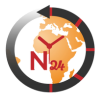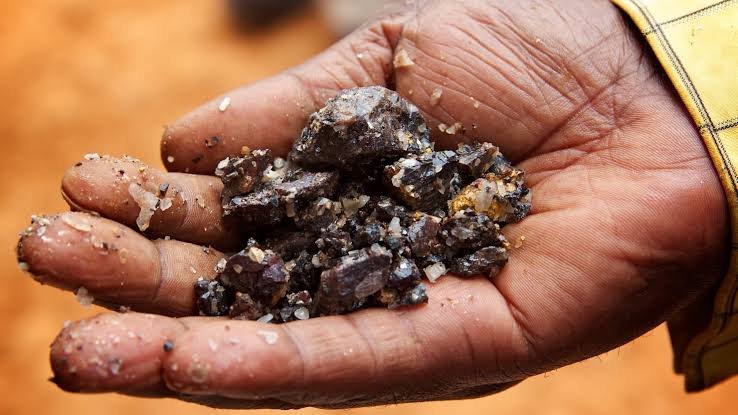The Democratic Republic of Congo (DRC) is facing another wave of brutal violence, with over 3,000 people killed in less than two weeks as rebels seize control of key mining towns. At the heart of this conflict is a mineral you likely have in your pocket right now—coltan, a crucial component in smartphones.
A Battle Over Resources
The Alliance Fleuve Congo (AFC) rebel coalition, led by the notorious M23 armed group, has expanded its grip on mineral-rich regions. After capturing Goma, the capital of North Kivu, on January 27, the rebels swiftly moved into Nyabibwe, home to some of the world’s most valuable coltan deposits. Their previous conquest of Rubaya, another mining hub, has allowed them to control a significant portion of the global tantalum supply, a metal refined from coltan.
The Global Connection
Congo is one of the world’s largest suppliers of coltan and cobalt, both essential for manufacturing smartphones, electric vehicles, and other electronics. However, much of this wealth never benefits ordinary Congolese citizens. Instead, mineral profits are funneled to armed groups that use them to finance ongoing wars.
According to UN reports, the M23-controlled Rubaya mines alone generate up to $300,000 per month, money that fuels further conflict. International watchdogs have accused Rwanda of backing M23 and smuggling coltan across the border, where it is sold as Rwandan exports. President Paul Kagame has denied these allegations, though he has admitted that smuggled minerals pass through Rwanda before being shipped to Dubai, Brussels, and other global trade hubs.
Tech Giants Under Scrutiny
As the DRC struggles with war and poverty, global corporations continue sourcing minerals from the region. Apple, Microsoft, and other tech giants have issued statements claiming to enforce ethical sourcing policies. However, lawsuits filed in Europe allege that companies still profit from conflict minerals, raising concerns about how much oversight truly exists.
Is There a Way Forward?
While peace efforts have been attempted, including a recently collapsed ceasefire, the cycle of violence in Congo remains deeply tied to resource control. Analysts argue that real change will only come if the DRC government strengthens its governance, ensures fair resource distribution, and builds a stronger military to protect its people. Until then, every smartphone in your hand may carry a hidden cost—the bloodshed of thousands in one of the world’s most troubled regions.



